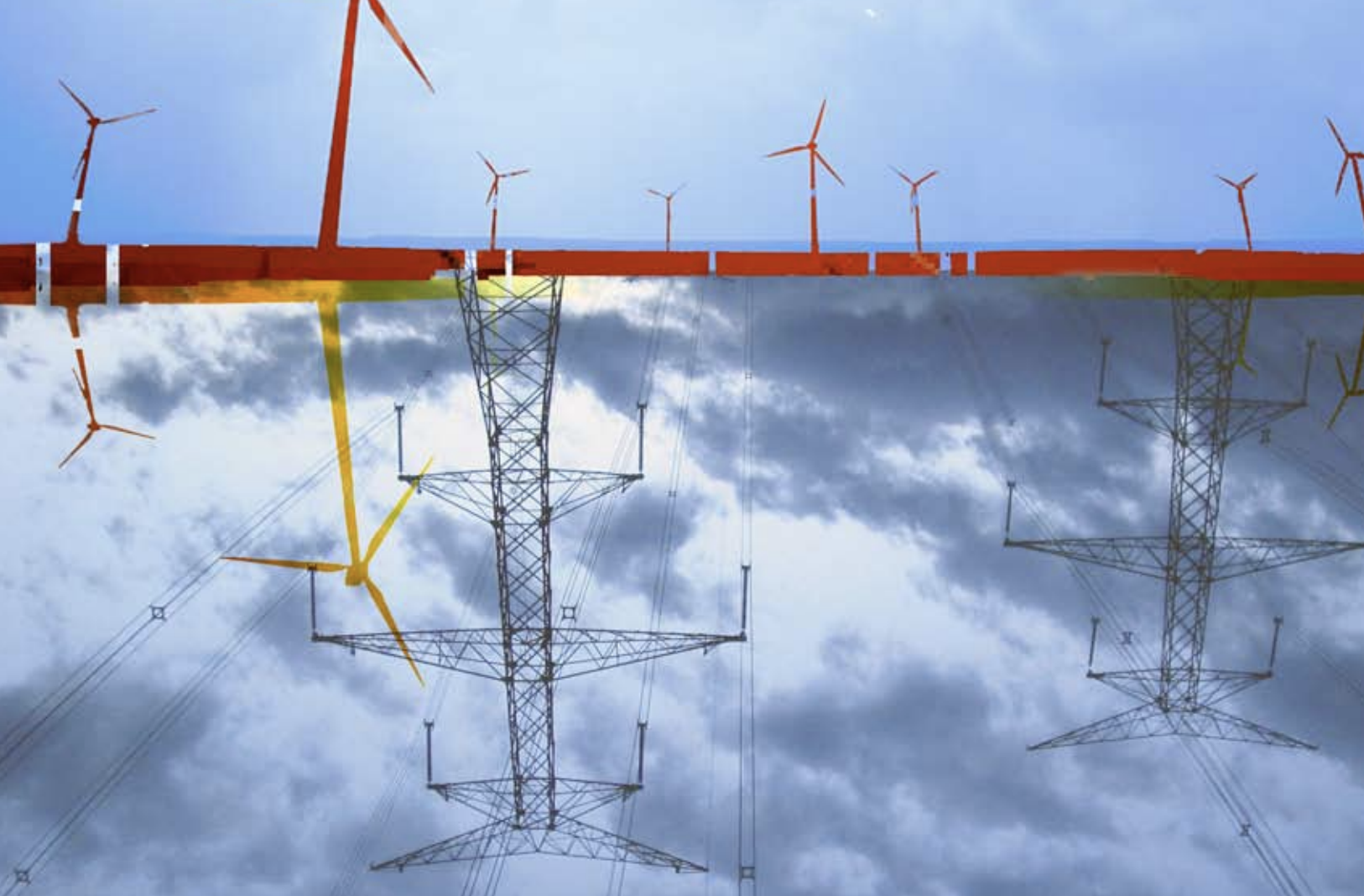
Powering New Jersey’s Future
A Clean Energy Strategy for Replacing the Oyster Creek and Salem Nuclear Plants
New Jersey’s electricity grid faces increasing strains from rising demand. At the same time, three of the state’s four nuclear reactors – located at the Oyster Creek and Salem nuclear power plants – are scheduled to retire by 2020. The state’s nuclear power plants pose environmental, health and safety problems. Powering New Jersey’s Future describes how the Garden State can meet its electricity needs while retiring its nuclear power plants on schedule, by moving aggressively to boost the energy efficiency of the state’s economy, invest in renewable energy, promote the use of energy-saving combined-heat-and-power technology, and manage electricity demand.

Downloads
New Jersey’s electricity grid faces increasing strains from rising demand. At the same time, three of the state’s four nuclear reactors – located at the Oyster Creek and Salem nuclear power plants – are scheduled to retire by 2020. The state’s nuclear power plants pose environmental, health and safety problems. Powering New Jersey’s Future describes how the Garden State can meet its electricity needs while retiring its nuclear power plants on schedule, by moving aggressively to boost the energy efficiency of the state’s economy, invest in renewable energy, promote the use of energy-saving combined-heat-and-power technology, and manage electricity demand.
Authors
Tony Dutzik
Associate Director and Senior Policy Analyst, Frontier Group
Tony Dutzik is associate director and senior policy analyst with Frontier Group. His research and ideas on climate, energy and transportation policy have helped shape public policy debates across the U.S., and have earned coverage in media outlets from the New York Times to National Public Radio. A former journalist, Tony lives and works in Boston.
Timothy Telleen-Lawton
Policy Associate
